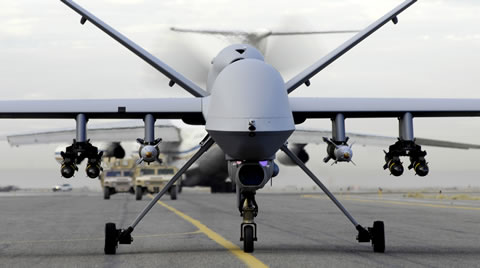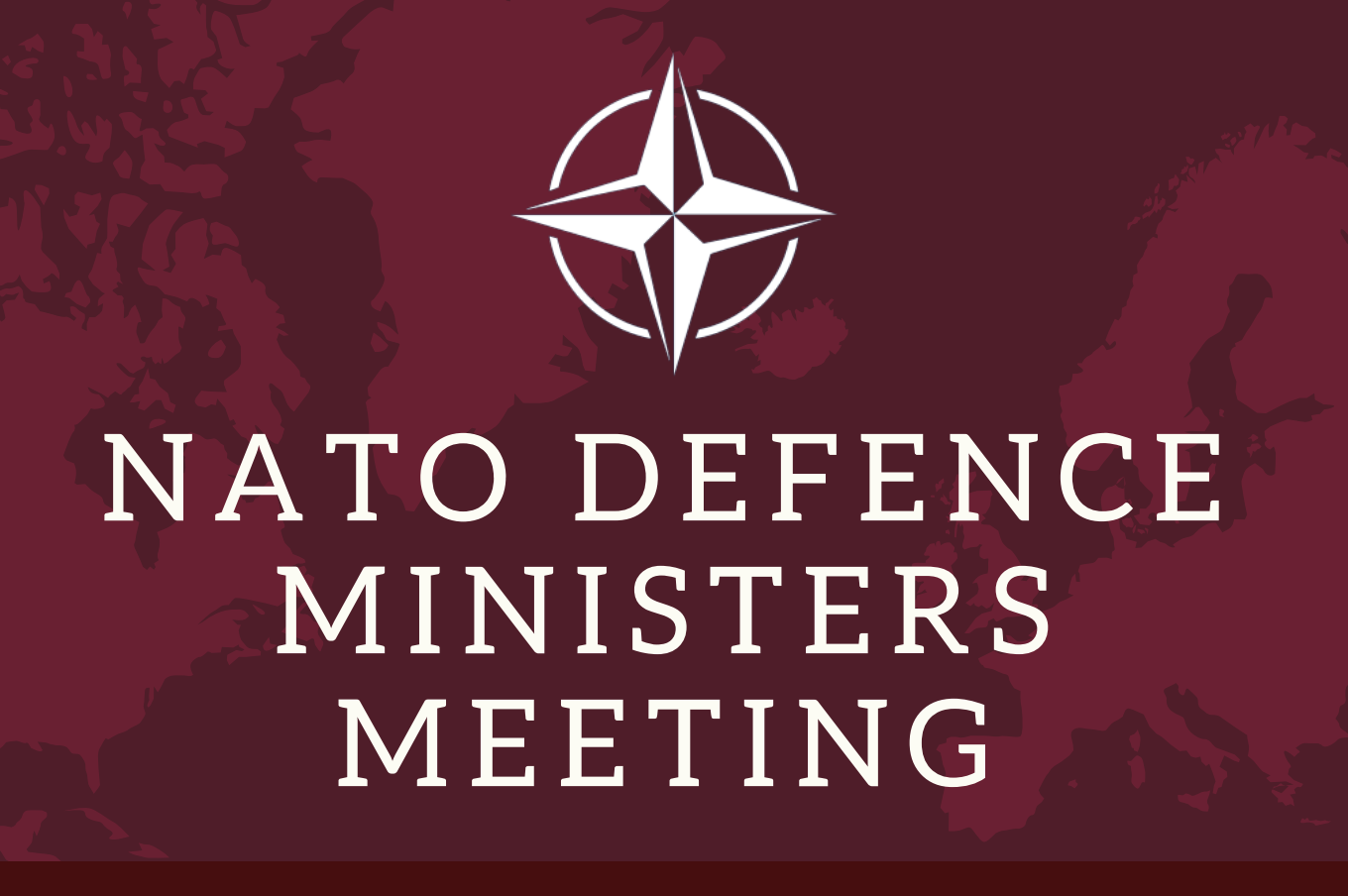One of the most crucial questions in determining the extent of the use of force against enemies of the state is ‘what risks are we willing to take ourselves?’ This question has been a contributing factor to decisions regarding military force for centuries, but is now coming to a head with the realization of technologies that allow for significant risk reduction.
The question of what an acceptable force to risk ratio might entail can be traced to the theoretical writings of Karl von Clausewitz’s “On War.” This book, which has significantly affected the thinking and decision-making of policy makers and academics alike, has been most quoted for Clausewitz’s definition of the “fog of uncertainty” (this is often misquoted as the “fog of war”). The “fog of uncertainty” that Clausewitz describes indicates that, in war, it is impossible to be certain of what the enemy, or for that matter your own army, will be capable of. As a result, Clausewitz argues, human nature interferes and causes decision-makers to act more cautiously in order to avoid risk that may result in loss. This caution is one of the elements that make it most difficult for armies to capitalize on victories in the field or to know when an enemy is nearly defeated. An unwillingness to pursue an enemy as a result of unknowns, and therefore significant risk to an army jeopardizes any advantage an army might have already gained. A classical example of this phenomenon is Hannibal’s unwillingness to march on Rome in the Second Punic War, a decision that ultimately led to his, and Carthage’s, defeat.
[captionpix align=”left” theme=”elegant” width=”300″ imgsrc=” http://natoassociation.ca/wp-content/uploads/2013/10/drone-videos_2348863c.jpg” captiontext=”Technology enables decision-makers to overcome the caution of human nature”]
The obvious solution to avoiding negative impacts on an army and to capitalize on victory, therefore, is to avoid that uncertainty, or to create a ratio in which risk is lessened. Technology enables decision-makers to overcome the caution of human nature because of the lessened risk associated with particular technologies.
The most effective technology for this purpose is the unmanned drone. Unmanned drones, which are becoming increasingly practical, allow a pilot to command an aircraft from hundreds, if not thousands, of miles away with roughly the same effectiveness as if he/she were in the cockpit. As a result, an unmanned drone and a manned fighter are roughly equivalent in effectiveness. There are two main differences: payload and risk. The maximum payload of the Grumman Northrop X-47B is 4,500 pounds, which is minimal in comparison to the 15,000-pound weapons payload of the Lockheed-Martin F-35B. The percentage of the 4,500 pounds of payload on the X-47B that can be directed specifically to weapons remains to be seen. Should the percentage be higher than that of the F-35B, which is a significant possibility, the X-47B may be more efficient in a weapons-per-pound ratio than the F-35B.
The second major difference is that the drone does not carry the same inherent risk as a fighter when operating over enemy territory. As a drone does not carry human pilots, the maximum cost of operating a drone over enemy territory would be the cost associated with the physical making of the drone. By comparison, the maximum cost of operating a fighter over enemy territory is the cost associated with making the fighter, and training the pilots.
[captionpix align=”right” theme=”elegant” width=”300″ imgsrc=” http://natoassociation.ca/wp-content/uploads/2013/10/predator-firing-missile4.jpg” captiontext=”Drones do not carry the same inherent risk as a fighter”]
The cost of human life is not only a matter of losing an individual in whom a state has invested significant time and resources, however. Human life, as a cost, is also incredibly demoralizing to the population of a given state, one of the most important factors of maintaining a war effort. The more human lives lost, the less willing a population is to support a war, and therefore there is a significantly decreased chance of success.
The use of drones in warfare presents significant advantages to the offense, particularly in terms of reducing the inherent risk of going to war. Drones, therefore, have the ability to completely change the face of 21st Century warfare as associated risks are lessened while capabilities and successes remain high. The risk-reward ratio of using drones in warfare significantly increases the ability of states to wage continued war. Although the benefits of drone warfare are immense for states on the offensive, it is next necessary to consider the social and human costs of those states against which drones are used.




